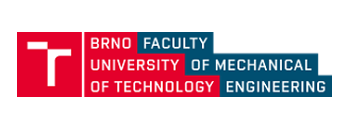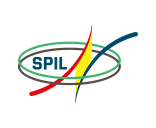


From Conceptual Solutions to Czech “tailor-made” Technologies and Units
by Petr Stehlík
ABSTRACT
The purpose of this lecture is to show and demonstrate achievements in the field of waste management and waste to energy (WtE). First of all, it is necessary to consider a complex and conceptual approach. All the details are described in (Stehlik, P.: Up-to-Date Waste to Energy Approach. From Idea to Industrial Application, Springer International Publishing, Switzerland, Cham, 2016).
Education and teaching should go hand in hand with research activities. Research interests evolved naturally from long-term professional and pedagogical activities. Successful approach involves an efficient collaboration in terms of ”fundamental research – applied research – implementation – feedback from implementation for continuing research”.
A complex conception in waste management is based on specifying the system (region) as follows:
• Inputs: municipal waste, hazardous waste, biomass, waste water
• Processes: sorting plant, waste and biomass-to-energy plants, waste water treatment plants etc. (it is an open system)
• Outputs: heat and power, secondary raw material, clean water etc.
It is necessary to emphasize that a tailor made approach is preferred.
We always start using a tool supporting decision-making in waste management investment planning. This unique computational system NERUDA for investment planning that does not exist anywhere else in the world supports logistics of various types of wastes, selection of the best way of waste processing etc. It also contains a subsystem for future data forecasting (since everybody wants to know what will happen in the future…).
Then we can select best available technologies for the region (based on knowledge and analysis what the region in question needs) using our own novel ones (e.g. waste-to-energy plant for a small capacity which usually represents optimum solution for the region). Last but not least it is necessary to mention newly developed modular WtE unit EVECONT consisting of containers with key pieces of equipment which can be designed and adapted for a wide scope of applications.
We have also experience in developing new key equipment the units consist of them (e.g. specific – i.e. not conventional – heat exchangers for heat recovery, apparatuses for off-gas cleaning, burners). Even the detailed design can be considered as an important one because of guaranteeing reliability of operation, long life time of equipment etc.
Let us mention examples of integration based on real applications:
• Up-to-date incinerator (designed as WtE unit) for thermal treatment of hazardous hospital waste. This unit is considered as a source of energy, and can be integrated with absorbers of energy like a hospital laundry, sterilization units etc.
• Integration of WtE unit (e.g. EVECONT) into an existing combined heat and power (CHP) plant to replace e.g. coal-fired boiler to reduce consumption of fossil fuel.
• Collection of (especially plastic) waste from sea/ocean level using EVECONT Processing of wastes (waste-to-energy) using the EVECONT unit on the ship and utilizing energy for the ship engine drive and desalination of water (integrated system).
• Integrated equipment (e.g. regenerator for heat recovery and catalytic filtration) in technologies for heat recovery from waste gases a cleaning those gases.
Our approach is based on using and combining:
• Experience and know-how from real applications.
• Sophisticated approach based on modelling.
• Close collaboration among practising engineers, integrated research teams
(e.g. within the SPIL) based on a good coordination.
